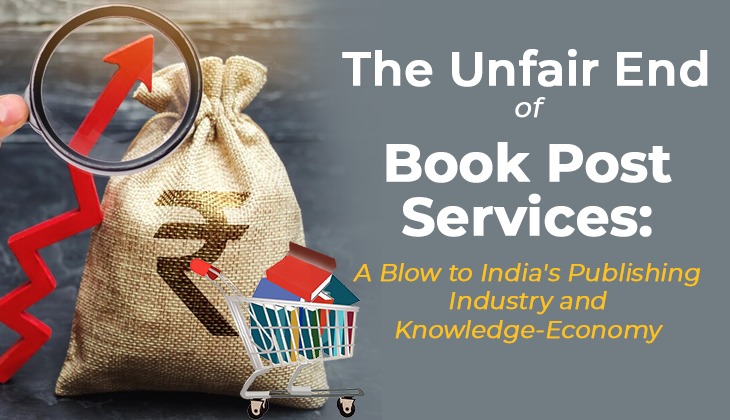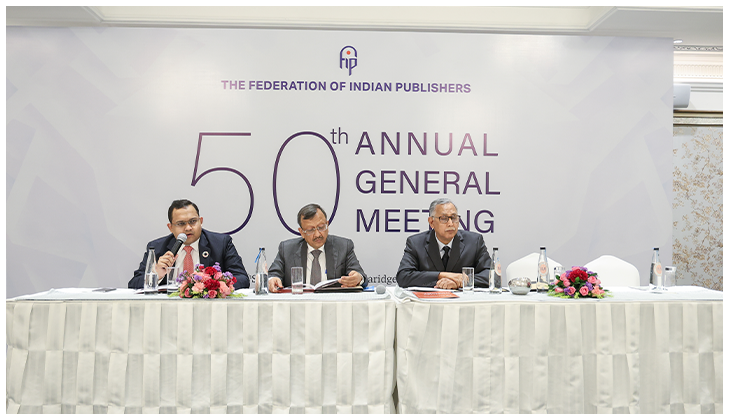At some point in our life, each one of us has befriended characters more than real people as we grew up. A world full of friendly captions and interactive pictures used to be our favourite hideout. Do you remember these reigning cartoon stars: Chacha Chaudhary, Nagraj, TinTin, Bhokal, Bahadur, Doga, Detective Moochwala, Inspector Steel, Shikari Shambu and Suppandi and many more?
Comic industry in India dates back to mid-1960s when the leading newspaper ‘The Times of India’ launched Indrajal Comics. The pace of comic readership has been relatively slower in India than the West. Until late 1960s, for instance, comics were mostly enjoyed by children of affluent families. Thereafter, the industry evolved with more readers and better varieties coming in. In that sense, comics have been evolving ever since.
Earlier, syndicate strips like Mandrake, Rip Kirby, The Phantom and Flash Gordon were translated to Indian languages. Their success impelled Indian publishers towards emulation of these titles. And in no time, Amar Chitra Katha series was launched. Meaning ‘immortal picture stories’, it was the first comic that had complete Indian content. Eventually, many indigenous comics were launched to counter superhero comics of the West. By 1980s, at least 6 million copies of similar comics were sold in India; Heroes of Faith being one of them. Diamond Comics, Tinkle, Raj Comics and Amar Chitra Katha have been popular internationally as well.
This racing trend of comics however declined in late 90s. Cable TV, internet and new means of entertainment provided a better engagement platform. The readers turned audience as they promptly hopped onto this bandwagon. This digital competition did affect the scaling reach of comics but it also paved way for renewed versions of popular comic characters. With more channels like Cartoon Network, Nickelodeon, Pogo, Animax, Disney and Hungama, the animation industry took an all new turn in digital media.
Currently, India records sales of five million English comic books annually, and together with all the regional languages, the sales figures round up to around $30 million in terms of revenue. Publishers are now interested to expand the industry through digital platforms like Internet, television, Direct-to-Home (DTH) and mobiles. E-comics, social networking, DVDs and merchandise are the latest tools to gear up the revival of comics in India. Diamond Comics and Vimanika Comics are set to launch their series in animation films, mobile apps, and television serials. Now, in addition to children, even adults are keen to read and watch such comic adaptations. This is a very progressive trend provided it’s effectively tapped.
So, earlier while we used to flip through and read Chacha Chaudhary’s witticisms or Suppandi’s absurdities, now we watch it in galore. The habitual reader is the new viewer of this buzzing digital world. Comics industry has certainly crossed its own margins in becoming more interesting and interactive.



